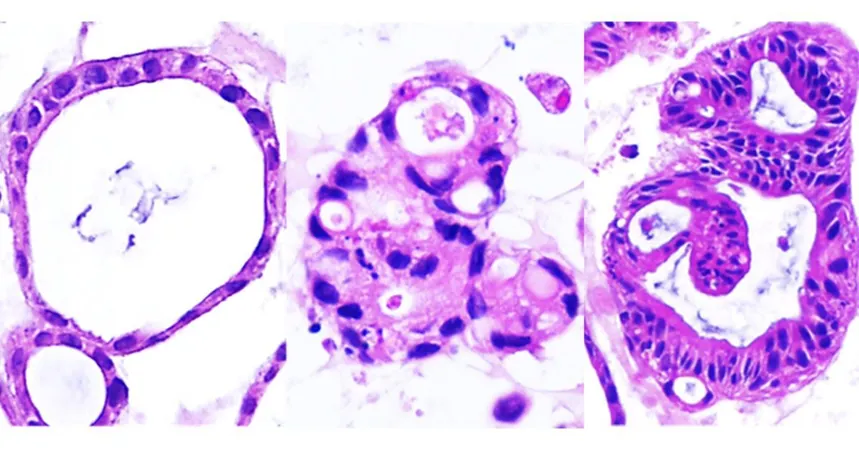
Cracking the Code: The Challenges of Psoriasis Treatment in Children vs. Adults
2024-09-23
Introduction
As healthcare providers aim to deliver the best outcomes for patients with psoriasis, the treatment landscape presents a unique set of challenges, particularly when it comes to managing this chronic skin condition in children as opposed to adults. Healthcare professionals must navigate a complex interplay between clinical guidelines and their own preferences, ultimately striving for the most effective and individualized care.
Physiological Differences
One of the most significant hurdles in pediatric psoriasis treatment is the differing physiological responses between children and adults. Children often experience variations in skin thickness, immune response, and comorbid conditions, which can complicate the selection of appropriate therapies. According to recent studies, children may also react differently to certain medications, which necessitates a careful balancing act between established treatment protocols and the provider’s clinical judgement.
Education and Awareness
Additionally, there is a pressing need for greater awareness and education among parents and guardians regarding psoriasis management in children. The emotional impact of psoriasis can be substantial, affecting not only the affected child's self-esteem but also their social interactions. This aspect emphasizes the importance of involving families in the treatment process and educating them about available therapies and supportive care options.
Emerging Treatments
Emerging treatments and advances in research are exciting prospects, yet they come with their complexities. New biological and systemic medications that have shown promise in adult populations may still be under investigation for children. Providers must stay informed about the latest clinical guidelines while considering patient-specific factors, such as age, health history, and lifestyle.
Communication and Collaboration
Importantly, healthcare providers must foster open communication with patients and families. By discussing treatment plans thoroughly, addressing concerns, and adjusting strategies based on patient feedback, they can build trust and ensure adherence to prescribed therapies.
Conclusion
In conclusion, the journey to effectively manage pediatric psoriasis involves overcoming a range of challenges, from understanding the unique biological characteristics of children to addressing emotional well-being. As more research unfolds and treatment options expand, the collaboration between providers, patients, and families will be crucial in navigating this complex terrain.

 Brasil (PT)
Brasil (PT)
 Canada (EN)
Canada (EN)
 Chile (ES)
Chile (ES)
 España (ES)
España (ES)
 France (FR)
France (FR)
 Hong Kong (EN)
Hong Kong (EN)
 Italia (IT)
Italia (IT)
 日本 (JA)
日本 (JA)
 Magyarország (HU)
Magyarország (HU)
 Norge (NO)
Norge (NO)
 Polska (PL)
Polska (PL)
 Schweiz (DE)
Schweiz (DE)
 Singapore (EN)
Singapore (EN)
 Sverige (SV)
Sverige (SV)
 Suomi (FI)
Suomi (FI)
 Türkiye (TR)
Türkiye (TR)